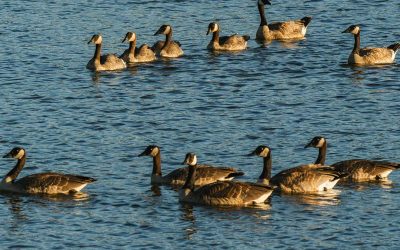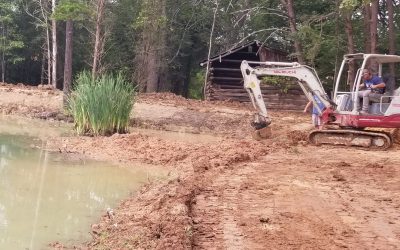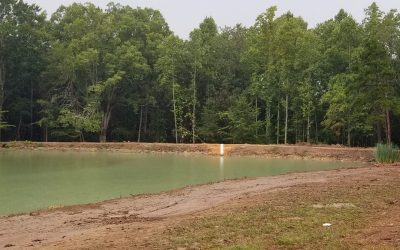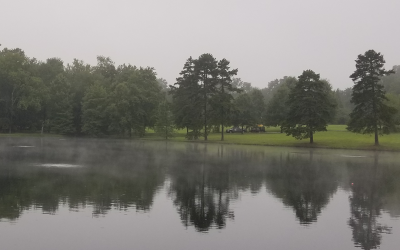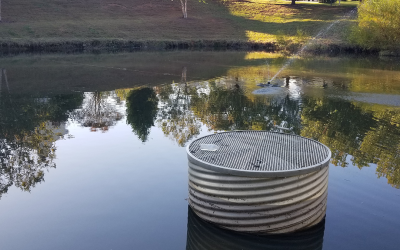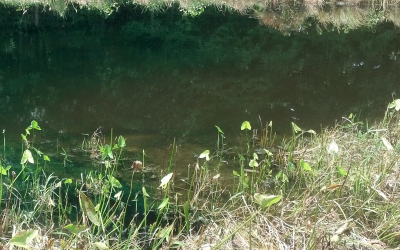Pond Muck, Lake Sediment
Pond muck or sediment is the accumulation of materials such as decaying vegetation, waterfowl and fish waste, and any other organic materials that settle on the bottom of your pond. This sediment can grow into layers of potentially harmful muck that traps gases that when released can kill fish. The thick, dense sediment can become home to leeches and worms and it can lead to a smelly unattractive pond or lake.
A natural accumulation of falling leaves, dead tree branches, landscape waste, animal waste, and fertilizers are also common in most ponds and lakes. Natural water flow in and out of a pond or lake helps to control pond muck build-up by moving sediment and preventing build-up. If there is no water flow, oxygen levels are reduced, leading to further muck decay.
Pond Muck is naturally broken down by Anaerobic Bacteria which produces hydrogen sulfide leaving the pond or lake with an unpleasant “rotten egg” smell. This also leads to the production of harmful gases, methane, ammonia, and carbon dioxide which feeds algae and weeds. If these gases are not dissipated correctly they can be toxic to fish.




